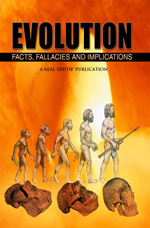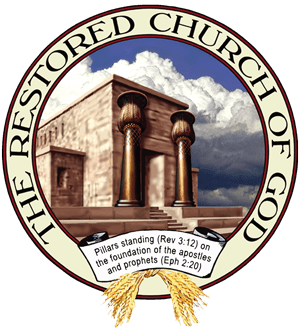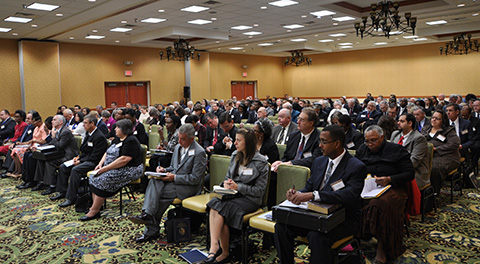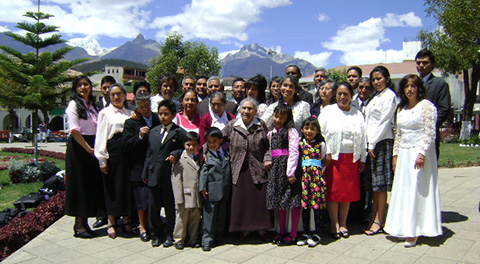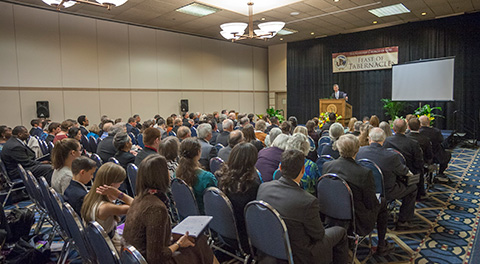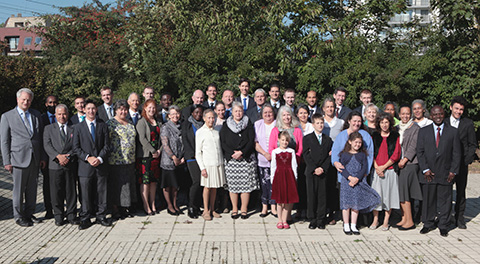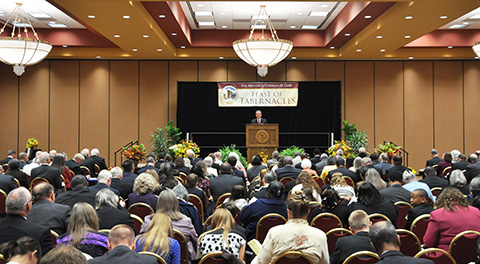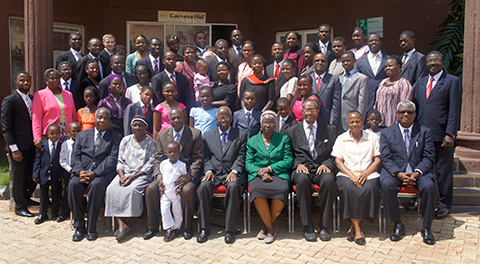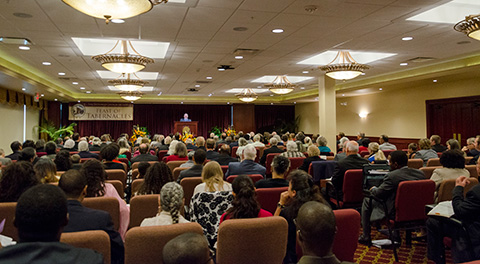Reports of the authenticity of this cloth, as well as its fraudulence, abound. The Catholic Encyclopedia, in fact, seems to lean towards the latter. The recorded history of this “holy shroud of Turin” dates back only to the fourteenth century. Moreover, there are shrouds in Besançon, Cadouin, Champiègne, Xabregas, and other towns across the Mediterranean that claim the same origin!
The Bible informs us of the Jewish custom of that day regarding burying the dead. In John 11:44, it indicates that the body was “…bound hand and foot with graveclothes: and his face was bound about with a napkin.” John 19:40 tells us that Jesus’ body was “…wound…in linen clothes…” Both verses indicate the use of several cloths. This would seem to differ from descriptions of the shroud.
More importantly, the Bible tells us what Jesus Christ looks like now (Rev. 1:13-18), sitting at the right hand of God. The emanation of His power is so great that one would not be able to look at Him directly. However, we need not be concerned about what He may have looked like as a human, nor should we focus on a picture of the dead Christ. We should look to Christ as the Living Savior who will soon return to this earth to establish the kingdom of God (Rev. 19:11-16).
For more information, you may wish to read our booklet What Is the Kingdom of God?

